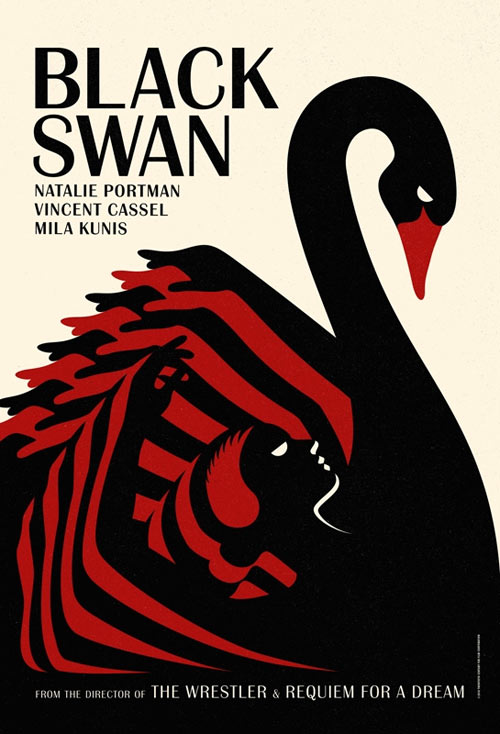Black Swan isn’t a standard ballet movie in the tradition of The Red Shoes or The Turning Point. And director Darren Aronofsky is no scholar of dance. From Pi to Requiem for a Dream to The Wrestler, he’s been intent on the obsessive outcasts of society, the performers/artists/freaks who entertain us with their self-abnegating devotion. The better their craft, the greater their sacrifice. They’re the Roman gladiators, and we the cheering mob. Natalie Portman won the Oscar for her 2010 role as Nina, a virginal young woman in her early 20s who lives with her overbearing mother (Barbara Hershey). Feeling unrecognized and underappreciated as a corps dancer, Nina lobbies for the dual role of the Swan Queen/Black Swan in Swan Lake, which triggers a profound split in her personality. As Nina prepares for the first curtain, Aronofsky is intent on the gruesome details of the dancer’s art. Bulimia, broken toes, and protruding backbones—these are the stigmata of Nina’s career path. If she’s to become a black swan, that means embracing the dark side of her art and becoming her own doppelgänger. Black Swan is more of a horror movie than an art film. Nina may be hallucinating her whole ordeal, but Aronofsky suggests there’s a like insanity in all artistic creation. Movie screens at midnight. (NR) BRIAN MILLER
Fri., May 11; Sat., May 12, 2012




